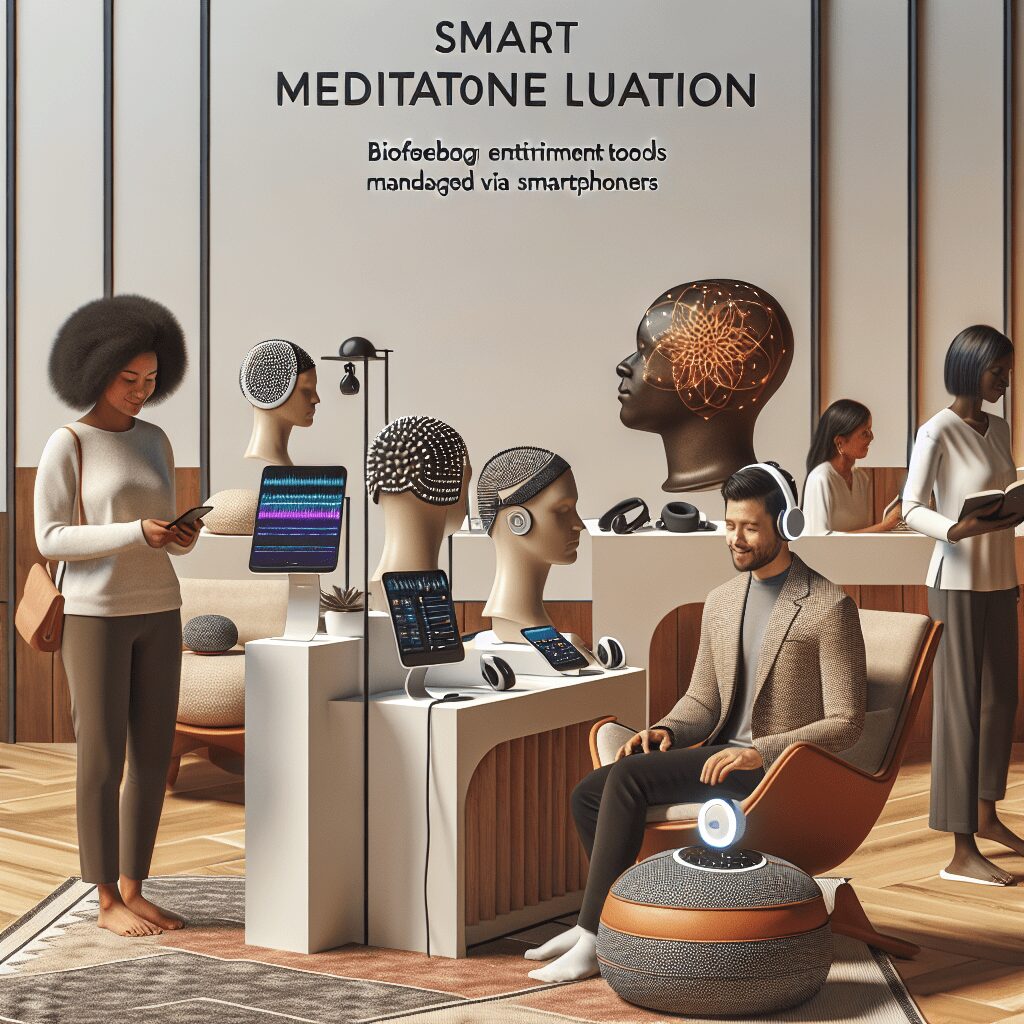
Prioritize your mental well-being daily. Enhance your life by nurturing your mental health with the Smart Meditation app. Break free from stress, alleviate anxiety, and enhance your sleep quality starting today.
How Do Antidepressants Medication Work Long Term?
Unlocking the Mystery of Antidepressants: A Long-Term Perspective
In the vast ocean of mental health treatment, antidepressants stand as towering lighthouses, guiding millions away from the rocky shores of depression. However, navigating the waters of long-term antidepressant use can often seem like plotting a course through uncharted waters. Let’s dive in and explore how these medications work their magic over time, shall we?
The Mechanism Behind the Magic
At first blush, antidepressants might seem like mere mood enhancers, but their mechanism runs much deeper. These meds, ranging from SSRIs (Selective Serotonin Reuptake Inhibitors) to MAOIs (Monoamine Oxidase Inhibitors) and beyond, are akin to master puppeteers, pulling the strings behind the scenes to restore balance in the brain’s intricate chemical symphony.
SSRIs and Friends
SSRIs, along with their cousins, SNRIs (Serotonin and Norepinephrine Reuptake Inhibitors), are the go-to guys in the antidepressant world. They work by giving serotonin – the feel-good neurotransmitter – a leg up, ensuring it hangs around longer in the spaces between brain cells. This tweak helps brighten mood, improve emotions, and kick anxiety to the curb.
The Classics: TCAs and MAOIs
Meanwhile, TCAs (Tricyclic Antidepressants) and MAOIs, the old-timers of the antidepressant family, have a broader approach. TCAs juggle multiple neurotransmitters, not just serotonin but norepinephrine and dopamine too, offering a blanket solution that, while effective, comes with a heavier side effect profile. As for MAOIs, they target the enzyme that breaks down these neurotransmitters, ensuring a surplus. Handy, right? But they come with a laundry list of dietary restrictions and potential interactions that can’t be ignored.
The Journey to Equilibrium: Antidepressants in the Long Haul
Popping an antidepressant isn’t like flipping a switch. It’s more akin to planting a garden. At first, you might not see much change. But give it time, and you’ll notice the seeds of well-being start to sprout. Here’s why patience is pivotal:
-
Initial Adjustments: The first few weeks can be a mixed bag of feeling better, feeling odd, or sometimes not feeling much difference. Side effects might pop up, but like uninvited guests at a party, they often leave as your body adjusts.
-
The 6 to 8-Week Mark: This is when the magic starts to happen for many. If you’re on the right medication and dose, you might start to feel the fog of depression lift, giving you a glimpse of sunlight.
-
The Long Game: Over months to years, antidepressants can help recalibrate your brain’s chemical balance. This doesn’t mean they’re a forever fix. Doctors often recommend a min of 6 months of treatment following symptom improvement, but the duration can vary. It’s about finding a personal equilibrium, not just a one-size-fits-all prescription.
Navigating Side Effects and Changes
Over the long term, some folks might notice their medication doesn’t pack the same punch it used to. This phenomenon, known as antidepressant tolerance, means a chat with your doctor might be in order to tweak your treatment plan. Side effects can also evolve or dissipate over time, so keeping an open line of communication with your healthcare provider is key.
Anchoring in the Future: The Horizon of Antidepressant Use
As with any long voyage, the journey with antidepressants is personal and peppered with ups and downs. The key takeaways? Patience, persistence, and partnership with your healthcare team can guide you toward calmer seas. Remember, antidepressants are not a silver bullet but a tool in the larger toolbox of mental health care, which includes therapy, lifestyle changes, and support systems.
By understanding how antidepressants work over the long term, we can demystify their role in mental health care and foster a more informed, compassionate dialogue around their use. Here’s to navigating the journey together, with hope as our true north.




